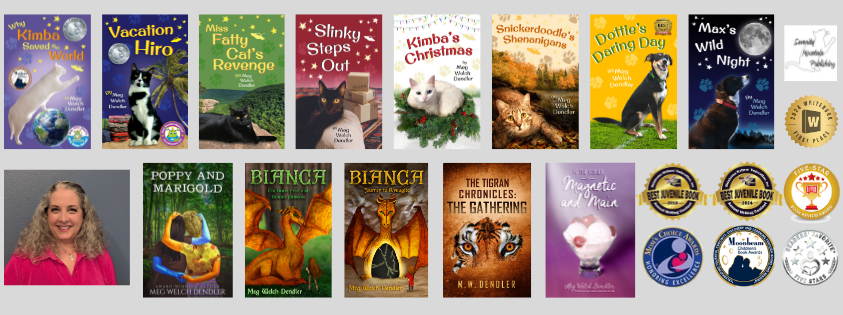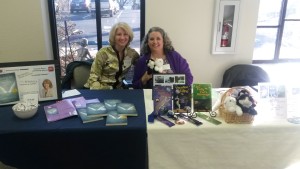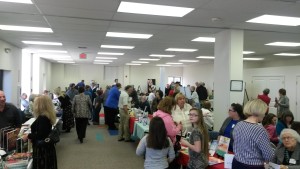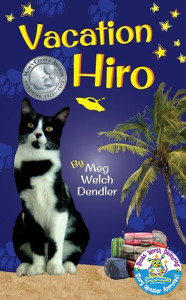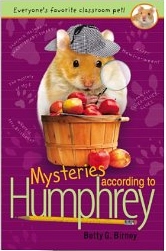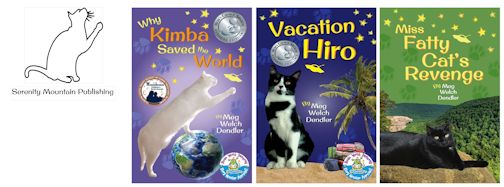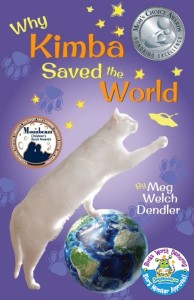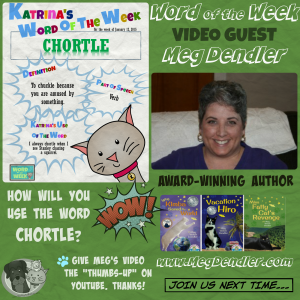Freebies, Discount Promotions, & KDP
Well, I’ve gotten a bit off my schedule over the last couple of weeks, but my blog pretty much always takes a back seat to other work. It certainly has recently. I did make my word count goal for February, and Pen-L Publishing has two more books done with my proofreading skills. Sadly, however, I wasn’t able to attend the February meeting of the Ozark Writers League (OWL) due to a nasty ice storm that hit the night before. Travel on my mountain roads was out of the question, but in Branson they were able to pull together some workshops in the hotel and then pick up around noon when things started thawing out. Tomorrow I will be attending the Northwest Arkansas Writer’s Workshop meeting in Fayetteville and will hopefully get to see the friends I missed at OWL.
There’s not much left to wrap up on my self-publishing journey evaluation, but one area is really important so I don’t want to let it slide: freebies and sale promotions. Any self-publishing author has got to evaluate the benefits of giving away her work or offering discounted prices. It’s just part of the game. Readers of indie books expect it, but you don’t have to let yourself or your work be taken advantage of. You worked hard to write and publish that book. Freebies have their time when they can get your book into potential readers’ hands.
If you have a series, doing a freebie on Book 1 can result in sales on the other books in the series. That’s the biggest motivation out there, and I have personally found this to be true. Around here, we call “Why Kimba Saved The World” our sacrificial lamb. Doing free promotions on that book have led to increased sales for the other two. Not everyone who downloads your freebie will ever even read your book, but some of them will. Some of them will even like it. Some will purchase other books in the series. Can you hear the field narrowing down as it goes along? So make sure you get enough downloads to have those numbers at the end of the stream be high enough to make a difference.
If you are exclusive with Kindle Direct Publishing in their Select program, you can run 5 free promo days every 90 days. I use those free days pretty consistently for Book 1 in my series. Two or three days at a time is the most productive. The times I do it without much advertising it still gets hits, but when you can loop a free promo with a significant (but not super expensive) advertisement you will do even better.
Example: I was able to get a BookBub ad for a free promo on “Why Kimba Saved The World.” If you don’t know about BookBub, click on the link to find out more right now. This site is key for indie ads. I tried several times before I was accepted, so be persistent. When that ad ran, 14,000 copies of “Why Kimba Saved The World” were downloaded for free. Did you catch that number?? That gave me a big wide field, and yes, the numbers on Book 2 and Book 3 sales rose afterward and there are still months where those two are higher than Book 1.
BookBub is the only ad site I can speak to with the authority of my own experience at this point. Tweeting about a freebie offer has had limited results. @KimbaBaby often tweets about sales because the vast majority of her followers are cats or cat people. This number has doubled since our last promotion, so I will find out soon if I have any takers among her new friends. There are many sites that will ask you to pay for an ad for your freebie. Unless you expect huge results, I wouldn’t try those. Losing money is never the goal.
On March 20-22, “Why Kimba Saved The World” will be on free promo again. I will also offer Book 2 and Book 3 for 99 cents each as incentive to pick them up right then and there when making the free download. This promo will be advertised through The Fussy Librarian. The cost of advertising with this site is inexpensive, but it remains to be seen if the ad will make a difference. I’ll do a specific blog after this sale to let you know where I ran ads and if any of them worked.
Another kind of free promotion I have coming up involves the release of a new book: “Max’s Wild Night.” Through my newsletter, I will be offering a free ebook of “Max” to anyone who has published amazon.com reviews of all three of my Cats in the Mirror books. This is a new strategy for me, but I have heard it suggested by more than one indie-pub helper book. I will lose some guaranteed sales to my fans who follow my newsletter, but I also stand an even better chance of gaining good reviews on amazon.com. That is totally worth it. Maybe they will still want a paperback copy of “Max” as well. I’ll let you know how it goes. Does it sound like an offer you’d like to take me up on? Sign up for my newsletter in the right hand column next to this article (right at the top of the web page) and you can!
Are there downsides to freebies? Of course. The biggest one I have found is that people will download your book who would never buy it and, frankly, it is not anything they should have ever read. Their reviews will be bad and odd and ones you could have done without. As long as this stays within reason, and your other reviews are good, you can weather the storm. It will help get your final amazon review numbers up, and this is good thing. Discerning readers can take the reviews/comments for what they are worth and compare them to the dozens of good reviews you have.
There is also the very real chance that these freebie takers never pay for books. I mean never. They just troll freebie sites. No matter how much they enjoy Book 1, they are never going to pay even 99 cents for your other books. Those are the middle of the field. You don’t really lose anything by them getting your book, you just don’t gain anything either.
Goodreads giveaways must be paperbacks, so you are already losing money. I have done several of these. It gets you on people’s “to be read” list, but I don’t know that it has led to any sales. Tread lightly there.
I have also found that offering a book for free during a blog tour to promote it just means that no one will buy a copy then and there. If they can enter to win a free copy, why would they buy one? By the time the contest is over, they have moved on. You can give away a prize of some kind, but don’t make it that new book you hope to promote. Make them buy it if they want it.
Just a note for those who have been in the game for a while: success in free promos does you absolutely no good in your ranking at amazon.com once the promo is done. This didn’t used to be true. There used to be some carryover. If anything, it might hurt you because you won’t have any sales credited to your ranking for the days of your promo. As far as your number ranking is concerned, free days are just days with no sales. Your numbers will slide. Just be aware of that. You will be listed in the “free book” rankings, which is where those folks who like freebies go, so it’s not all bad, but it all ends with the promo. This could change tomorrow, but that’s where it stands now. I still think it’s worth it. Rankings vary and are affected by many things I can’t control. I don’t worry about them too much in the scheme of things from day to day, as long as they stay reasonable over time.
Discount prices can help boost sales a small amount. 99 cents seems to be the big price point for the most bang, and sales on these discount or “countdown” promos do count toward your ranking. Again, you are going to have to run some promotions if you want it to make a big difference. I did a BookBub ad (yes, I qualified for two, whoot whoot) for Book 2, “Vacation Hiro,” during a 99 cent promotion and sold roughly 380 copies. It was enough to send me to the #1 spot in my category for three days (beating out those Warrior books, finally!) and earn me “best seller” status forever. Totally worth it.
I had talked about KDP select wrapped into this blog, but all I can really say about it is that it works well for me. I tried having Book 1 up at Smashwords and Kobo and Barnes and Noble. Never sold a copy. When you stay with KDP select, you get the free and sale day promo options to help get the word out about your sale just on amazon.com itself. For me, this is the only way to go.
I hope all of that helps you as you make decisions for your own possible free days or sale promotions. It is still an area we are toying with. I’ll continue to let you know what I learn along the way.
Next Week: Week 9 and the wrap up to this blog series on my self-publishing journey.
If you’re in the area, join me Saturday for the Northwest Arkansas Writer’s Workshop event. It’s free!
My winter newsletter goes out in a few days, so make sure you sign up to get that free “Max’s Wild Night” ebook offer. The details will only be in that newsletter!
My writing goal for the month is fairly low: 5,000 words on “Slinky Steps Out.” I have been moderate with that because paperback formatting for “Max’s Wild Night” is well underway with the ebook formatting on the horizon and these require my attention. I also have another editing project coming from Pen-L before the end of March. You will notice, however, that I don’t get a pass for the month or a zero word count goal. Book 4 is not going to write itself.
Just Keep Writing!
